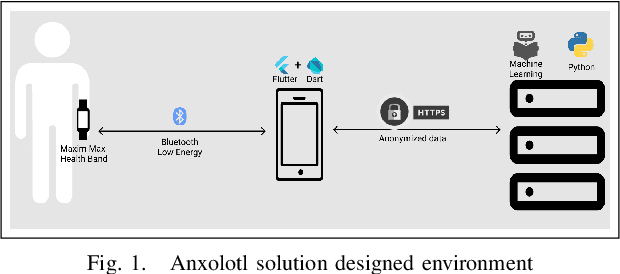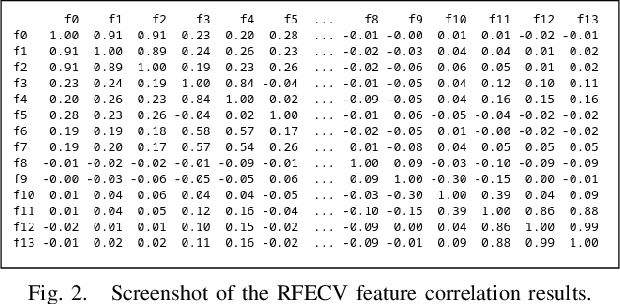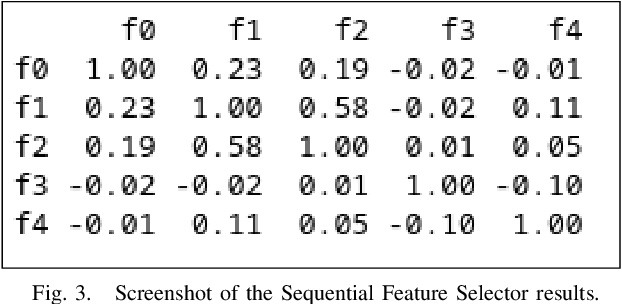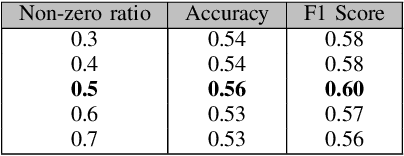André Lourenço
Adversarial Robustness and Feature Impact Analysis for Driver Drowsiness Detection
Mar 23, 2023Abstract:Drowsy driving is a major cause of road accidents, but drivers are dismissive of the impact that fatigue can have on their reaction times. To detect drowsiness before any impairment occurs, a promising strategy is using Machine Learning (ML) to monitor Heart Rate Variability (HRV) signals. This work presents multiple experiments with different HRV time windows and ML models, a feature impact analysis using Shapley Additive Explanations (SHAP), and an adversarial robustness analysis to assess their reliability when processing faulty input data and perturbed HRV signals. The most reliable model was Extreme Gradient Boosting (XGB) and the optimal time window had between 120 and 150 seconds. Furthermore, SHAP enabled the selection of the 18 most impactful features and the training of new smaller models that achieved a performance as good as the initial ones. Despite the susceptibility of all models to adversarial attacks, adversarial training enabled them to preserve significantly higher results, especially XGB. Therefore, ML models can significantly benefit from realistic adversarial training to provide a more robust driver drowsiness detection.
Anxolotl, an Anxiety Companion App -- Stress Detection
Jan 03, 2023



Abstract:Stress has a great effect on people's lives that can not be understated. While it can be good, since it helps humans to adapt to new and different situations, it can also be harmful when not dealt with properly, leading to chronic stress. The objective of this paper is developing a stress monitoring solution, that can be used in real life, while being able to tackle this challenge in a positive way. The SMILE data set was provided to team Anxolotl, and all it was needed was to develop a robust model. We developed a supervised learning model for classification in Python, presenting the final result of 64.1% in accuracy and a f1-score of 54.96%. The resulting solution stood the robustness test, presenting low variation between runs, which was a major point for it's possible integration in the Anxolotl app in the future.
 Add to Chrome
Add to Chrome Add to Firefox
Add to Firefox Add to Edge
Add to Edge